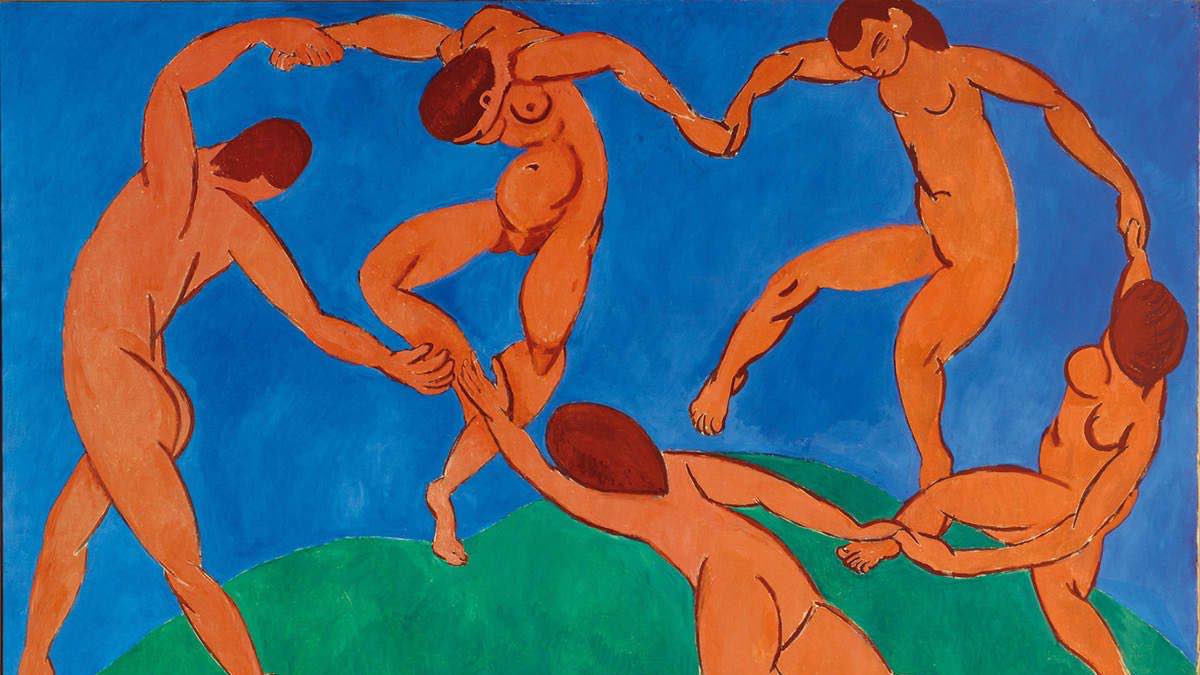
10 Matisse Paintings You Should Know
Many of Henri Matisse‘s works are considered masterpieces. Born in 1869, the French artist came up with an individual and directly recognizable style. Original and innovative in his colors and his approach to perspectives, Matisse paintings are magically appeasing. Today, he is recognized as the pioneer of the Fauvism movement, which privileges the association of striking colors. He undeniably remains one of the most popular 20th century artists. With Artsper, learn more about Matisse with 10 of his masterpieces.
1. The Red Studio, 1911
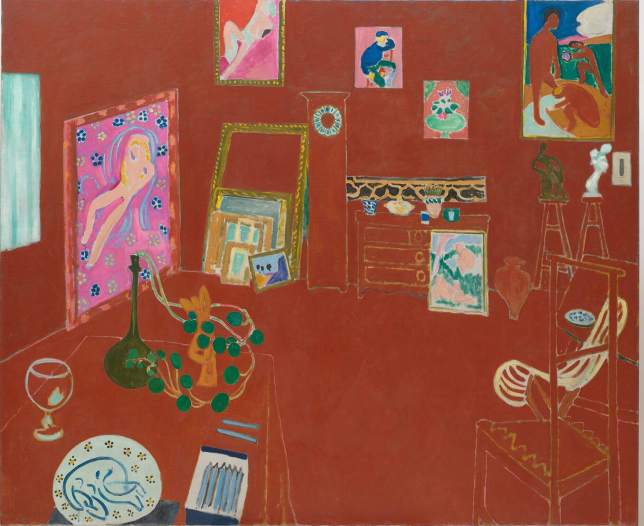
Matisse‘s Red Studio is a miniature museum on its own. In this work, the artist plays with the concept of art in art, by not only giving us a depiction of his studio but also of several other works he made. Like in many artworks, Matisse is not afraid to layer any colors with each other. He also plays, as usual, with the three-dimensional perspectives of the objects he depicts.
2. Luxe, Calme et Volupté, 1904
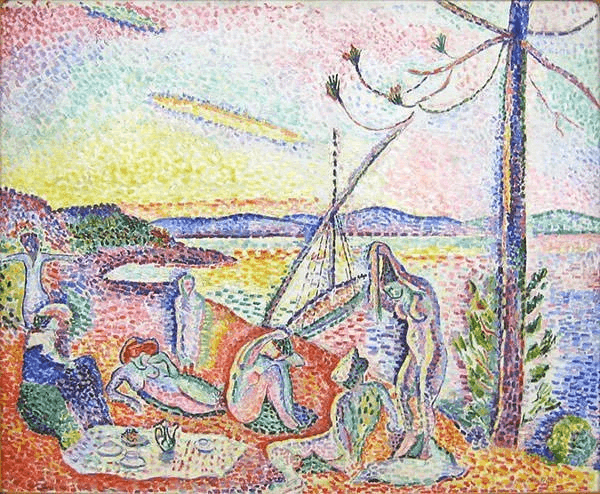
Considered one of the very first manifestations of Fauvism, Luxe, Calme et Volupté (Luxury, Calm and Pleasure in English) is a work you must know. Its title comes from a poem you might be familiar with, Invitation to the Voyage (1857) by Charles Baudelaire. This painting by Matisse offers a depiction of the poem’s themes: the escape to a calm and imaginary paradise. It isn’t surprising to know that Matisse was inspired here by Paul Cézanne‘s Three Bathers. The feeling of serenity was something that Matisse attempted to communicate through his works, and it is found here in the colors, as well as in the nonchalant attitude of the figures who blend in the reflections of the sun on the beach.
3. The Dance, 1909-1910

With The Dance, Matisse created a break from the traditional representation of dancing bodies. With the help of his usual elementary colors, Matisse communicates energy above all: one of joy, music, and nature. Like many Matisse paintings, this work doesn’t follow any rules of perspective or relief; the scene is flat, and only the moving figures matter.
4. Open Window, Collioure, 1905

Matisse’s Open Window is an obvious example of Fauvism. The dazzling colors present Collioure, one of the artist’s favorite places, from a new angle. One recognizes in this work Matisse’s interest in Pointillism. This view offered by Matisse paintings is thus a tribute to color (which he uses pure, unmixed, here) rather than an accurate representation of the place.
5. Joy of Life, 1905
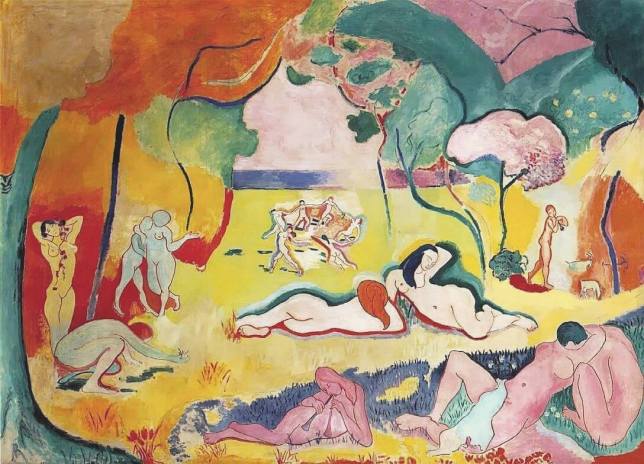
This composition of an ideal imaginary place echoes Luxe, Calme et Volupté. The background is inspired by a landscape in Collioure, while the figures recall the Orientalism which fascinated Matisse for years following a trip to Morocco. Each part of the work seems to be individual while forming a harmonious whole.
6. Woman With a Hat, 1905

Woman With a Hat is another well-known example of Matisse’s Fauvism, but this work shocked the public more than the others. First, because the subject of the work is the artist’s wife while Fauvism was still considered a barbaric movement in the 20th century. Then, because it was one of the first works from this movement; exhibited in 1905 at the Salon d’Automne, it was described as a “pot of colors thrown in the face of the public” and little appreciated.
7. The Dessert (Harmony in Red), 1908

The Dessert testifies to the decorative aspect often present in Matisse paintings. Although this type of decorative pattern in art was usually criticized, the artist made it a key element of his art. As he does here, Matisse enjoyed painting flat rooms, full of patterns, everyday objects, and always with his showy colors.
8. Blue Nude IV, 1952

Towards the end of his career, Henri Matisse explores a different style that does not become any less popular. He finds interest in human anatomy through his “cut-outs”. This sleek and modern style still testifies to his love of color and allows him to create even more striking contrasts.
9. Icarus, 1946
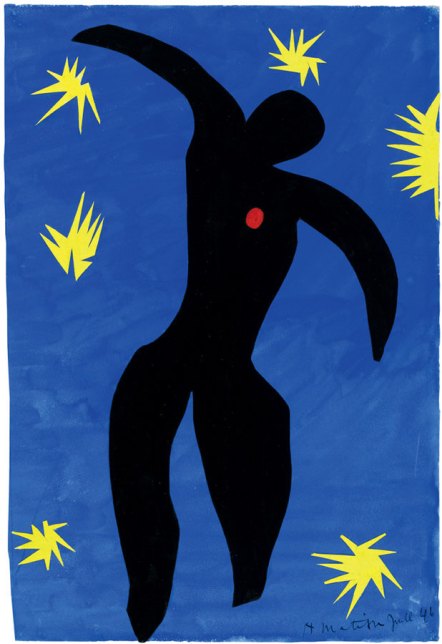
Another famous cut-out by Matisse is Icarus. This illustration made with scissors is from Jazz, an illustrated book with cut-out works on the theme of the circus. This final grand project, Jazz, is the closest thing to an autobiography according to Matisse.
10. Christmas Night, 1952-1958
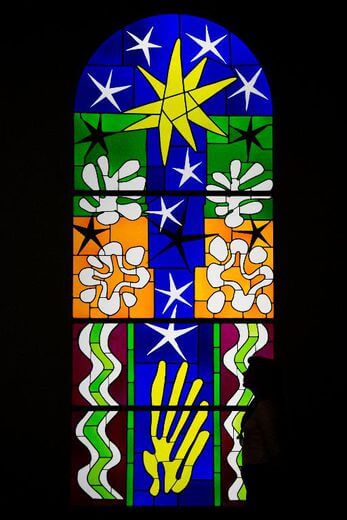
We cannot talk about Matisse without mentioning one of the major projects in his career: the Chapel of Rosaire de Vence. Also called Matisse Chapel, it was imagined and constructed by the artist himself. Inside are beautiful stained glass windows such as Christmas Night, reflecting his cut-out period.
In conclusion, Matisse’s career is one of the most fascinating; his experiments with style and color still inspire and fascinate the public, even 70 years after his passing. What about you, are you passionate about this artist’s work?

About Artsper
Founded in 2013, Artsper is an online marketplace for contemporary art. Partnering with 1,800 professional art galleries around the world, it makes discovering and acquiring art accessible to all.
Learn more












